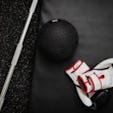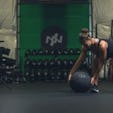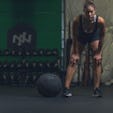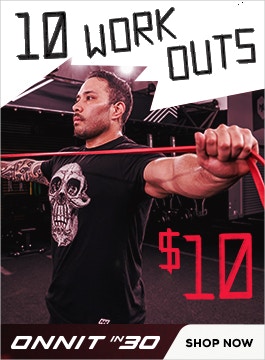This is the second half of our interview with Onnit’s Durability Master Coach Sarah Jamieson. If you missed Part 1, where she discusses mobility exercises for back and shoulder pain (and much more), CLICK HERE.
Q&A With Sarah Jamieson – Part 2
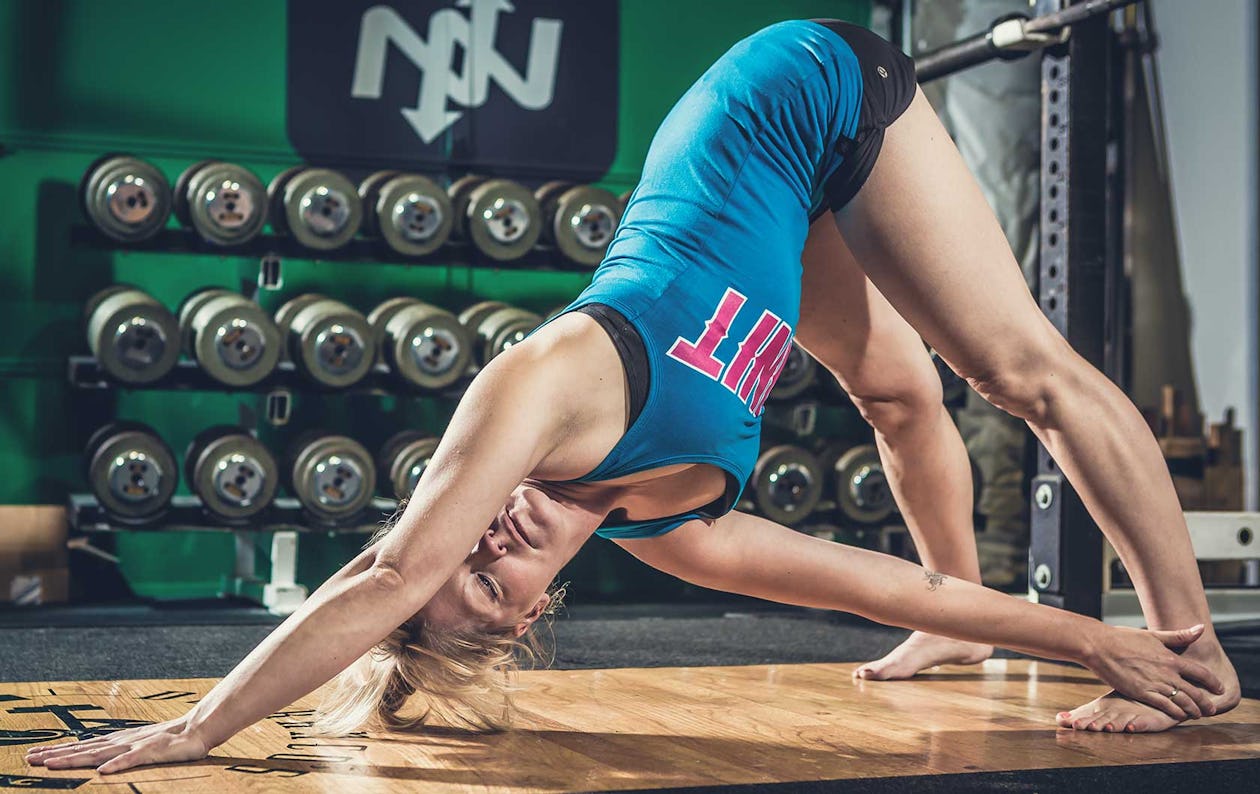
Academy trainers like to end workouts with a decompression [stretches that take the tension that lifting causes out of the muscles]. How does that fit in with foam rolling, if we do that post-workout too?
I like to spend five minutes on each. Most people don’t have more than 10 minutes at the end of a workout. I’ll have them roll first and then decompress the back and front fascia lines. That prioritizes the areas that have a high level of restriction or compensation or dysfunction.
Generally, people don’t have much range through their thoracic spine, so I will get them to roll that out like I described earlier. I like using balls for this rather than a roller because it pushes into the tissues more. Then I’ll use the balls on the glutes and piriformis—two-and-a-half minutes per side.
Then we decompress. If you did a lower-body workout with moves like squats or deadlifts, or back training, do the Academy backline series. If it’s a push day, do the front line series. If your workout involves rotation or single-arm or single-leg exercises, decompress the lateral/spiral lines. Hold each pose for one to two minutes.
What should we look for in a roller or other massage tool?
I like a moderate density. If it’s too light, you’ll feel like you’re rolling on air. The styrofoam ones don’t have a hard enough surface, in my opinion. But it depends on someone’s pain threshold. If you’re new to rolling or have a high sensitivity, you may need to start on a low- density roller and then, as with any exercise, you progress up to high density.
Massage balls come in different sizes, shapes, and densities. A lacrosse ball works great for me, but I train some ex-rugby players and the ball just gets lost in their abdomen when they lie down on it. A bigger person needs a bigger ball. Ideally, you’ll use a range of balls of different sizes that allow you to work on the muscles from multiple different angles. You need variety, and if you use the same tool all the time, your body will adapt to it, just as the muscles adapt to the same kind of training.
People tend to think they need to feel some pain when they’re rolling to know that they’re putting enough pressure on the muscles. Is this true or false?
False! We think “no pain, no gain” in the gym but when it comes to Durability that is horseshit. If you feel pain in your tissues, you’re hurting, not healing. If you get the velociraptor face—where you look like you’re dying—then it’s too hard. That will create inflammation in the system. Your body will protect itself and do the opposite of what you want it to. It will tighten up even more.
Hard rolling can break blood vessels. You have to realize that you’re not just rolling tissue, you’re rolling blood vessels and nerves too. If you pinch a nerve, that can mean months of rehab. Go slow and use controlled, light pressure. A tennis ball is dense enough for most people to start. Don’t go balls out.
Pun intended. What’s your advice for rolling the piriformis—the hip muscle that’s tight on virtually everyone and causes terrible lower-back pain?
Most people roll their piriformis in a seated position with one knee crossed over the other, and when you do, you’re putting the piriforimis in a stretched position. It’s awkward.
Lie down so your body can decompress and all the muscles in the glutes can relax. Put a tennis ball into the side of your butt as you normally would but now there’s less rotation into the hip and less compression in the system. Just breathe into it. Release the tightest part first. Go around the muscle, not right into it. Your glute medius and piriformis work together and get jacked up together. If they are dysfunctional, the rest of the muscles in that area are too. Work the crest of the sacrum [right above your butt], then the crest of the hip [top of your hip bone], then your glute medius [the side of your butt cheek right next to the piriformis] and piriformis.
You’ve worked with law enforcement and military personnel. What have you learned about training them?
They’re always super engaged and willing to do the work and they have very special needs. Wearing the uniform creates a high degree of dysfunction. The vest, duty belt, and boots in particular.
The vest restricts thoracic movement, restricts breathing, and increases stress. The belt restricts the hips, increasing lower-back pain. In fact, 60% of police officers will have lower-back pain at some point, and it’s usually chronic.
The whole uniform can weigh 10–35 pounds. If you’re military, it could be 50–60 pounds. These guys also have problems sleeping and it’s hard for them to get more sleep given their schedules.
I recommend that every morning before their shift they do a minimum of five minutes of movement for the thoracic spine and hip. At the end of their shift, take 10 minutes to decompress. It’s in everyone’s interests for police and military to focus on Durability.
You originally wanted to be a cop before you became a trainer. How did you make that transition?
My upbringing was a bit different. I grew up in an abusive household. In her second marriage, my mom married someone who was very abusive to both of us, and very controlling. I had a few run-ins with officers, having to call them in and get restraining orders and things like that. For me, I always had a great impression of police officers because they were always helping us through that adversity. Everything I’ve done from a young age has been about how can I serve my community better. I knew that being a police officer would put me in position to help my community and people in situations like I was in.
When I was old enough to decide what I wanted to do with my life I was going to be either a police officer or a coach. Training for the force’s physical abilities test got me training with heavy weights and I’ve loved the barbell ever since. I decided I’d be a trainer first, and within the first few years I loved it and I moved up in the ranks quickly. My mom also had some health issues and I felt I had to be fully present for her and being a cop wouldn’t let me do that.
Tell us about Run 4 A Cause, the fundraising organization you started to raise money for through your passion for running.
I started it when I was 25 because I saw an opportunity for me to run and raise funds. I was able to work with 57 organizations worldwide, benefiting mental health, at-risk youth, women and girls’ leadership, and first responders.
My mom was bipolar and struggled with addiction, so I really wanted to understand those communities better. I wanted it to be easier for people to get the services and support that they needed. I ran the San Francisco marathon, which is connected with the American Mental Health Association. I ran for women’s rights in developing countries in Africa, allowing them to start businesses in their communities. I ran for at-risk youth in my hometown, Vancouver. I raised over two million dollars total, and though I’m retired from running now, I started Move 4 A Cause, which shows people how to convert their daily activities into charitable giving.
Many people want to do likewise but don’t know where to begin. What advice do you have for raising money?
Don’t be afraid to reach out to charities. In the beginning, I was too. I thought, “Why would they want to talk to little old me?” But the reality is that most charities run off of individual donations—75% of all donations are from individuals. With social media nowadays, you can get in touch with anyone and they’ll welcome you with open arms because they need people to champion these causes.
Connect your charity with something you love—maybe a competition that’s coming up. Create team pages on Facebook or other websites that are free and will take donations. Fitcause.com allows you to create these kinds of pages. You can say, “I’m going to run 26k and I want everyone to run one kilometer, or 5,000 steps. Do that and this amount of money will get donated to this cause.” Actually, most organizations already have pages like this in place for you to plug and play.
What kind of music do you train to?
People will laugh at me but I really love soundtrack music. I have Assassin’s Creed and The Dark Knight on my playlist right now. I listen to the music from every superhero movie and I dabble in a little Rage Against the Machine and Marilyn Manson from time to time. My running music was always soundtracks and my lifting music is alternative rock and hip hop.
Your hometown, Vancouver, British Columbia, is one of the top destinations in the world these days. Why should we visit?
It’s a pretty special place. People ask, “Isn’t it cold up there?” But we have all the seasons. You can get to the mountains to ski within 20–40 minutes, and our skiing and snowboarding lasts into April. The ocean is a 10-minute walk from downtown; Whistler Mountain is less than two hours away as well. We’ve got lots of nature to play in. It’s a very active community.
Vancouver is more temperate than the rest of Canada in the winter, and our spring and summer are just fantastic.
Follow Sarah on Instagram at @moveolution and moveolution.com.

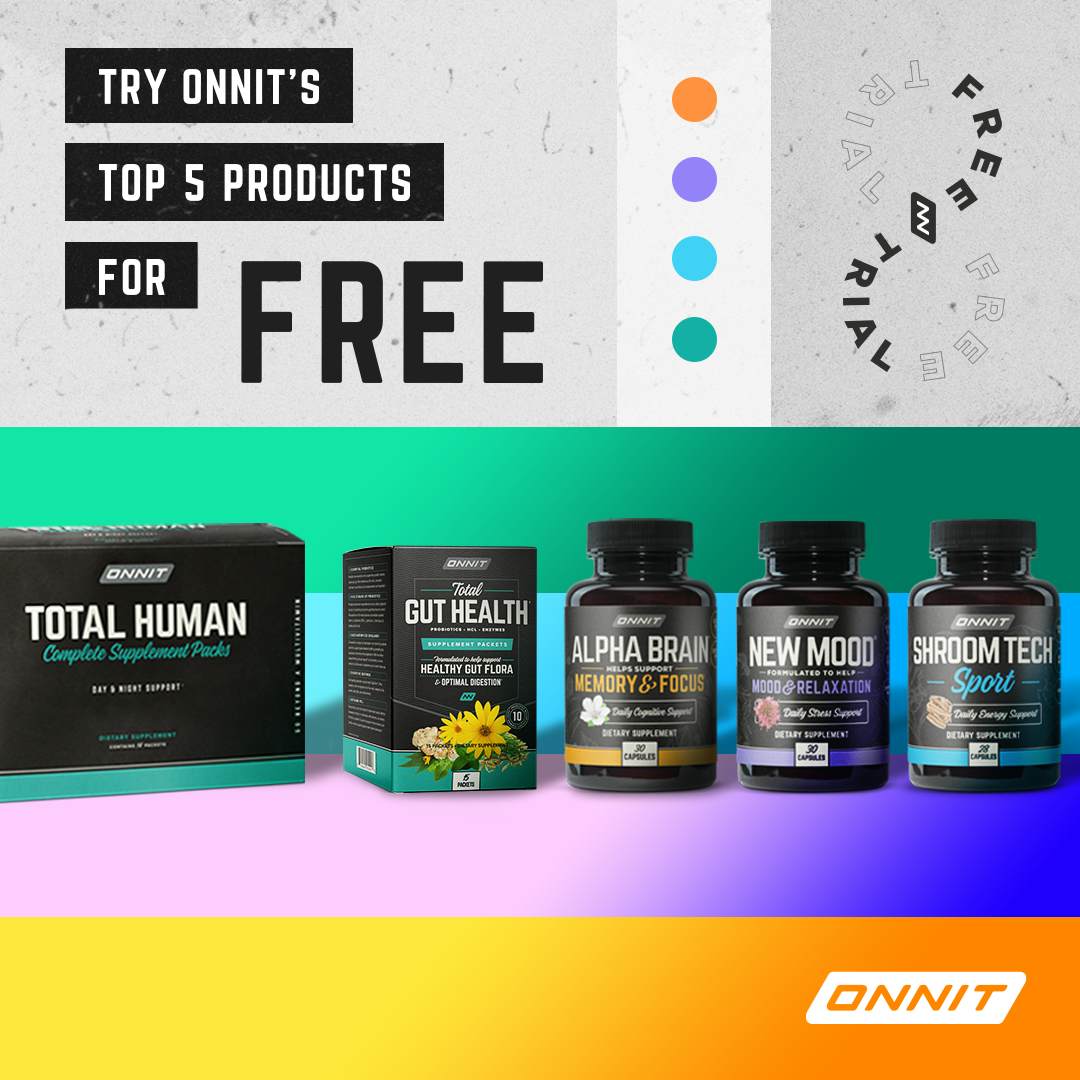)
